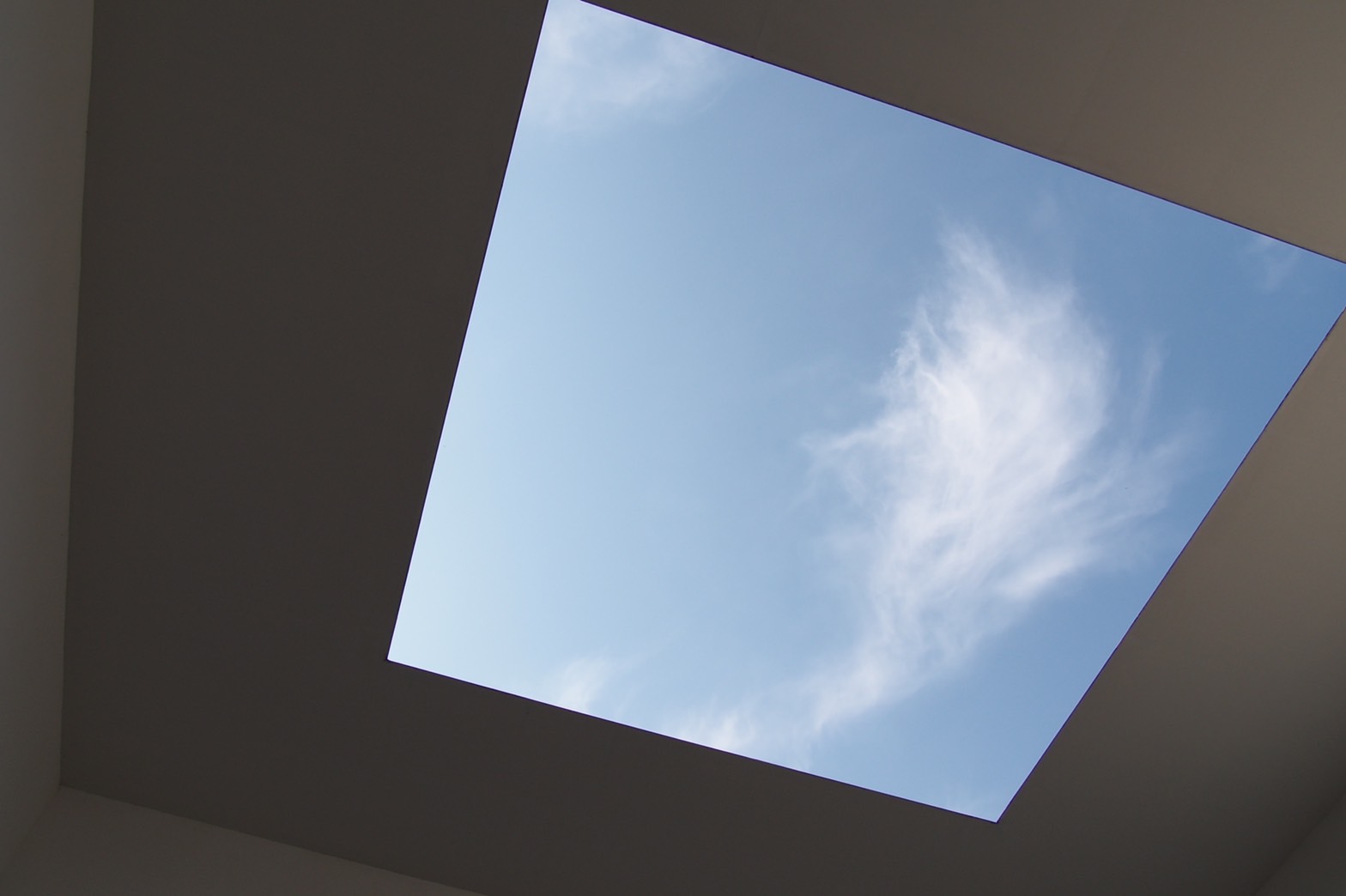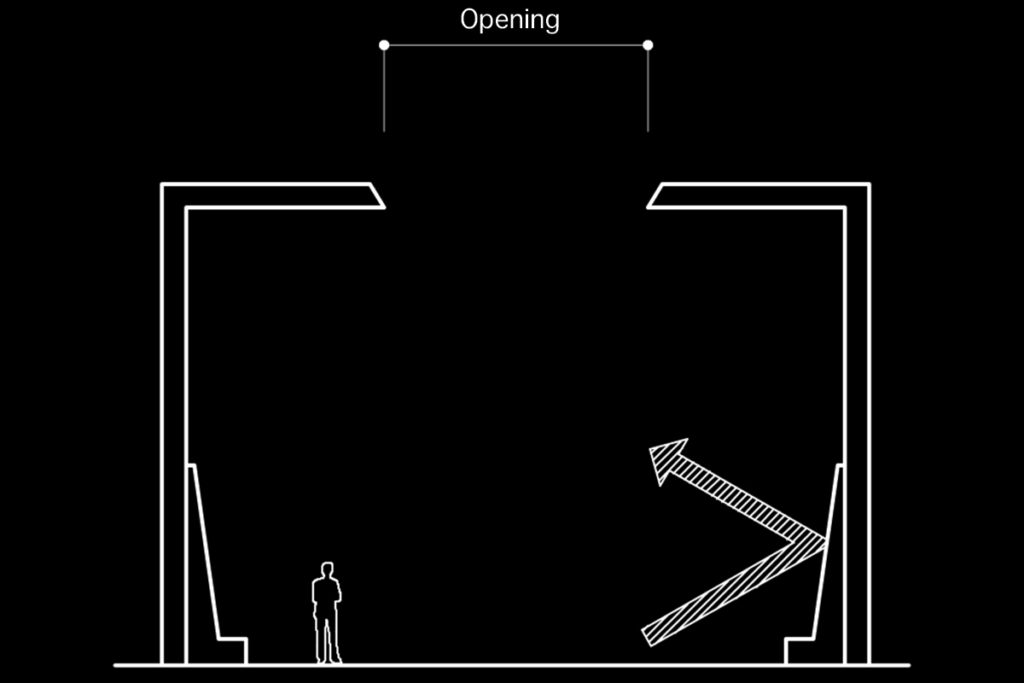Tarell’s Room
11/10/2024

Others
I have visited the 21st Century Museum of Contemporary Art in Kanazawa before.
There is a permanent exhibition piece called “Tarell’s Room (Blue Planet Sky) there.
Tarell’s Room is a work by the artist James Turrell, who focuses on lighthearted and space.
This room is constructed with heavy walls and ceilings, and features a square opening in the ceiling. Through this opening, the sky is visible.
The general specifications of this room are as follows.
| Media and Techniques | Mortar, painted, granite stone, and Tomuro stone | |
|---|---|---|
| Sizes | Interior dimensions of the room | H850×W1,117×D1,117cm (space) |
| apertural area/ opening | W560×D560cm (oculus) | |
Blue Planet Sky captures the passing light and acts on our sensory experiences (seeing and feeling). We enter a room, where our attention is drawn to a section of sky, framed in a rectangular hole in the center of the ceiling. Through our encounter with open sky in this room, we directly experience the transformations of light ceaselessly occurring from morning to night. As time passes, we grow sensitively aware of our most subtle perceptions. Through his inquiry, “How do we sense light?” Turrell seeks to awaken us to perceptions we ourselves are normally unaware of.
21st Century Museum of Contemporary Art, Kanazawa
The author stayed in Tarell’s Room for a long time. There, I had a strange experience and realization.
First, Tarell’s Room has solid walls, making it prone to sound reflection, which can lead to acoustic issues. It’s almost like being in a reverberation chamber. In such a room, one might even feel uncomfortable to the point of having difficulty hearing conversations.
However, Tarell’s Room is very comfortable. There are three main reasons for this.
The elevation and cross-section of Tarell’s Room are as follows.
There are stone benches on all four sides, and the podium is angled.
The first reason why Tarell’s Room is comfortable.
Sound reflects off the angled section of the podium and moves towards the ceiling. In other words, the design makes it difficult for conversations to bounce back off flat walls.

The second reason why Tarell’s Room is comfortable.
Sounds generated inside the room escape to the sky to some extent through the opening in the ceiling.
The third reason why Tarell’s Room is comfortable.
The entire space is surrounded by solid walls, providing high sound insulation. This means the interior of the room is quiet.
Perhaps James Turrell designed the room with the changing sky visible from the ceiling, the light pouring in from above, and the pleasant acoustics in mind.
From Tarell’s Room, I was able to gain many insights that will inform my future work in acoustic design.
For example, sound continues to travel toward the sky and does not return. This is similar to an anechoic chamber we treat with sound absorption, as well as the pathways of sound that exist in a sealed space through ventilation silencers and ducts.
The ideas from Tarell’s Room have the potential to influence future developments.